Force Royère: Wisdom from the Interiors Master
Jean Royère (1902-1981) may be known as the “Décorateur à Paris” – however, his oeuvre influenced many creative industries. His penchant for sensory confidence came to fruition in thousands of drawings, developing iconic pieces such as the L’Ours Polar [“Polar Bear”] sofa and his Elephant chair. Describing a “cramped feeling” of the typical bourgeois interior after the Second World War, Royère fanned out abroad to set up shops throughout Europe, the Middle East, and South America, calling it a “great excuse for travelling.” From Cairo to Beirut to Saudi Arabia to Jordan and Iran, Royère dressed the noble halls of Shahs, Princesses, and Presidents in the 1950s. With no education as a designer and no professional training, his self-taught process was guided by organic form, prioritizing imagination over taste. While today his work may seem familiar to some, it remains revolutionary in spirit.
Following a major exhibition of the work of Jean Royère, the Jacques Lacoste and Patrick Seguin galleries published a two-volume monograph documenting the Force Royère, which includes hundreds of furniture items, sketches, and original interviews. Here, we included twelve iconic photographs of Royère’s work along with quotes from the designer:
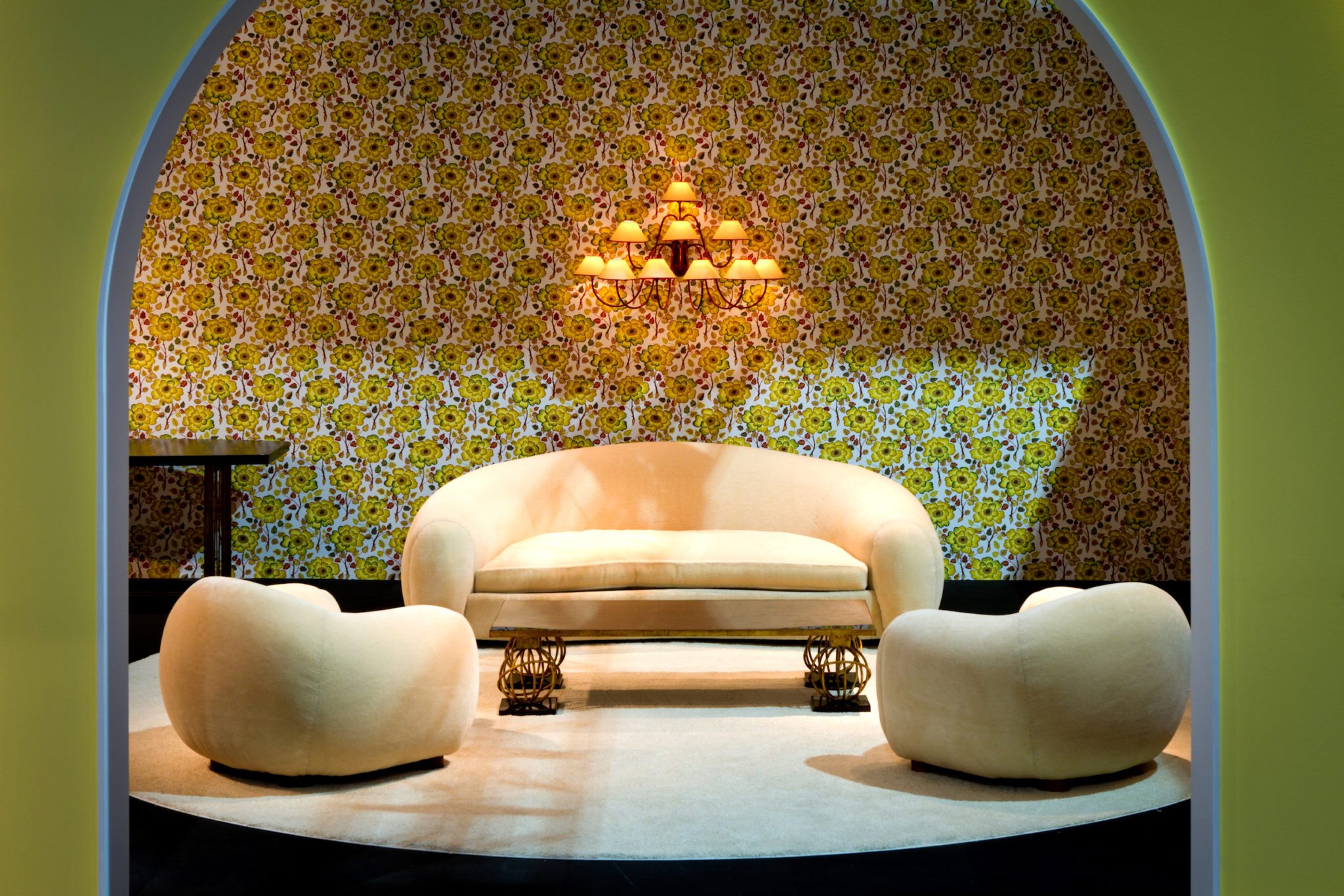
“I’m a designer with no education in the field and no professional training. Why? Quite simply because it wasn’t the career originally intended for me. I had the most classical of upbringings: the best public and private schools in Paris, then Cambridge University in England. It was only when I was 29, in 1931, after five years in banking and the export business business in Le Havre, that I decided to set up as a designer.”

“I’d always had a thing about interior design. So much so that as a child I didn’t want toys: I asked to be allowed to decorate a room in the attic in our country house. So my first project dated from when I was twelve or thirteen, maybe even earlier. But let’s be serious. In Le Havre I had a certain amount of time on my hands, and I used it on projects for my friends – my first victims! The results would probably look pretty comical now, but they helped me get myself sorted out and learn the basics of the metier.”
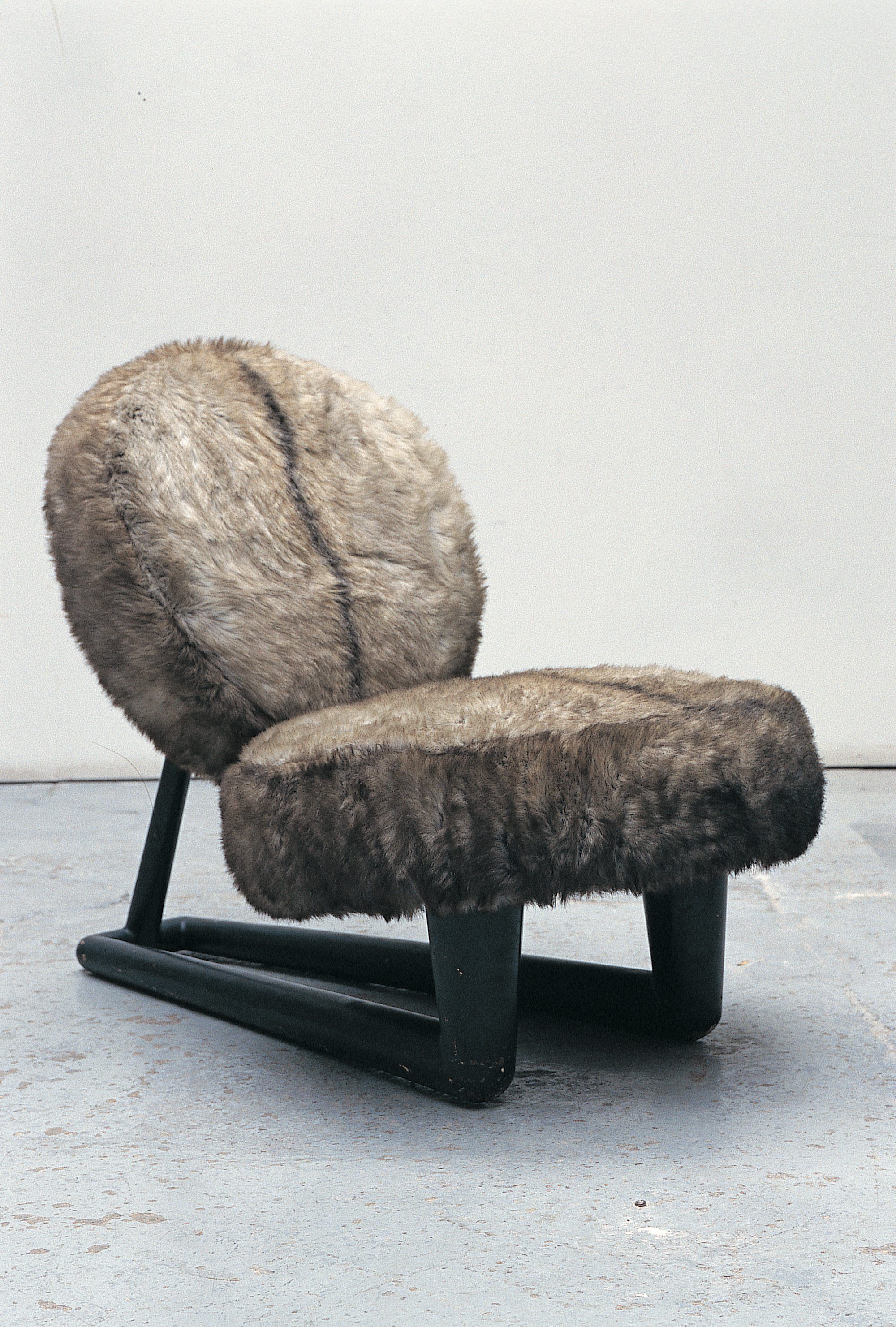
“I don’t think I ever subscribed to any particular school or theory, or succumbed to any preconceptions. I have no prejudices at all. For me, words like “functional,” “style,” and “contemporary” are meaningless.”
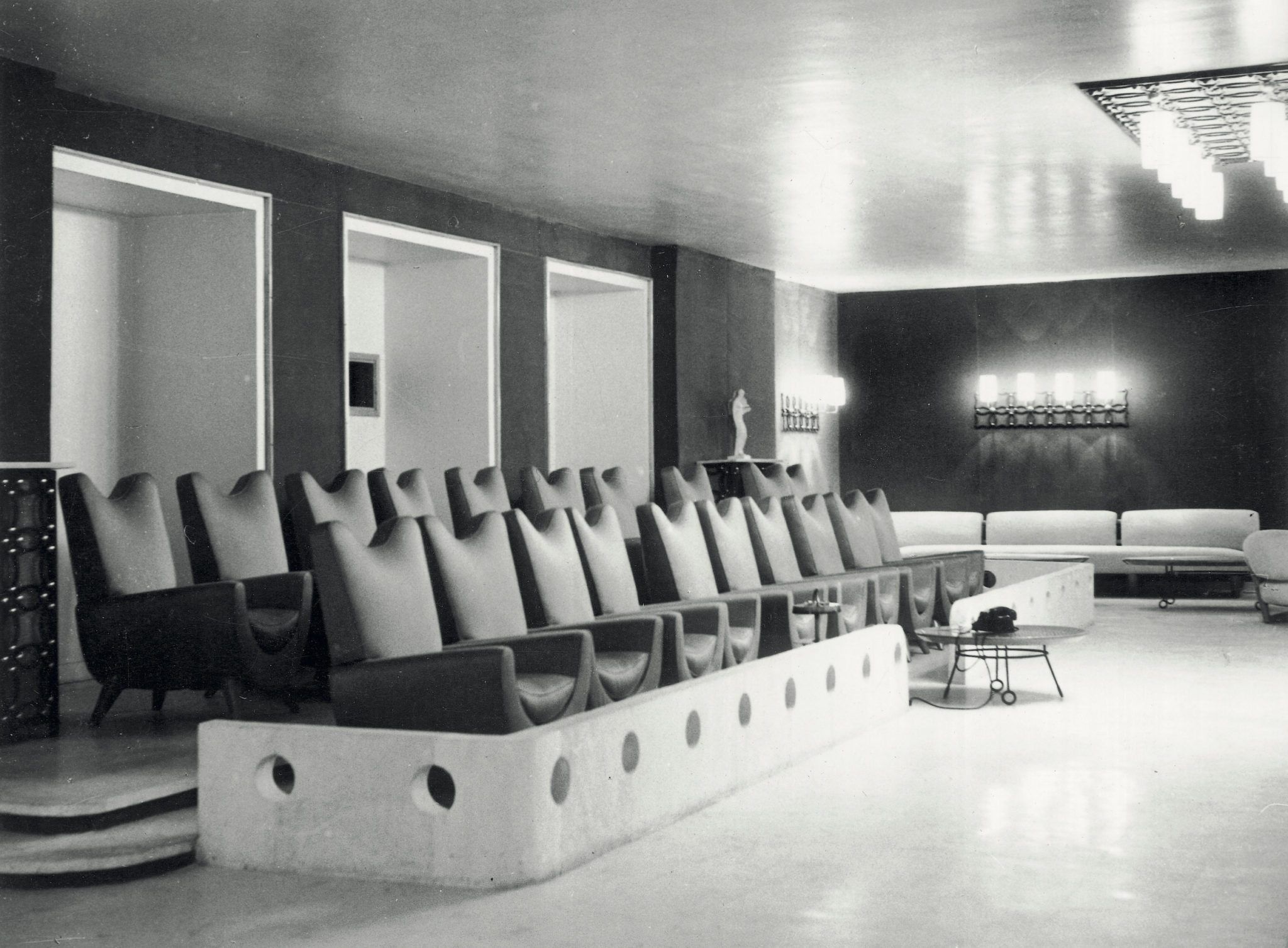
“The client has to feel relaxed and at ease when he’s at home, and not as if he’s a house guest. True, it’s not me who’s going to be living in the client’s home, but does that mean I have to make all sorts of inappropriate concessions? Certainly not. Our role as designers is to put the client on guard against lapses of taste, and our duty is to refuse anything that might be, let’s say, compromising.”
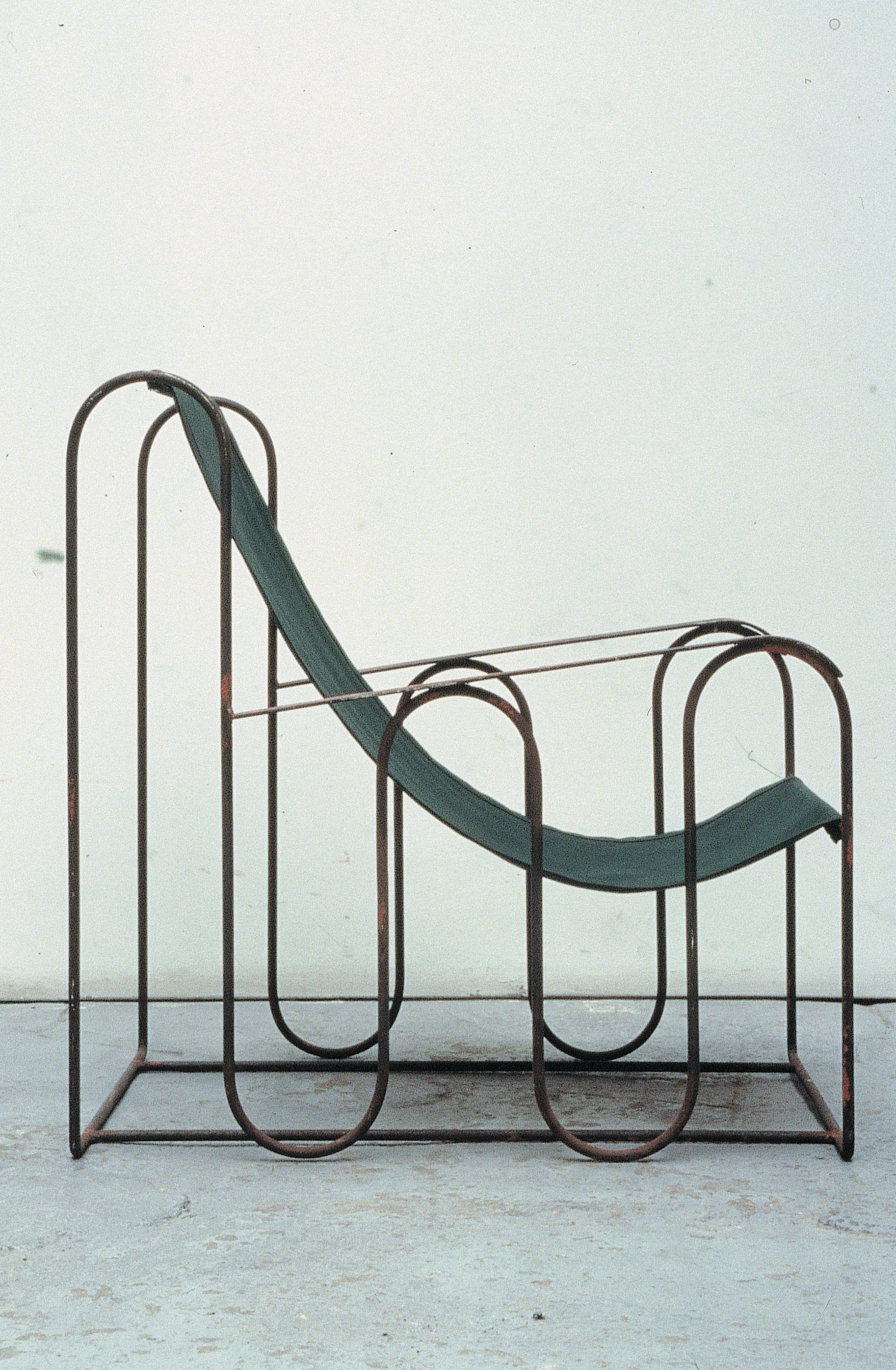
“To tell the truth, I’m pretty much opposed to furniture. I feel there should be as little of it as possible. This is a generally accepted principle now, almost a cliché: everything goes into walls, cupboards and wardrobes. And what’s left? A few moveable things: beds, tables, and seats.”
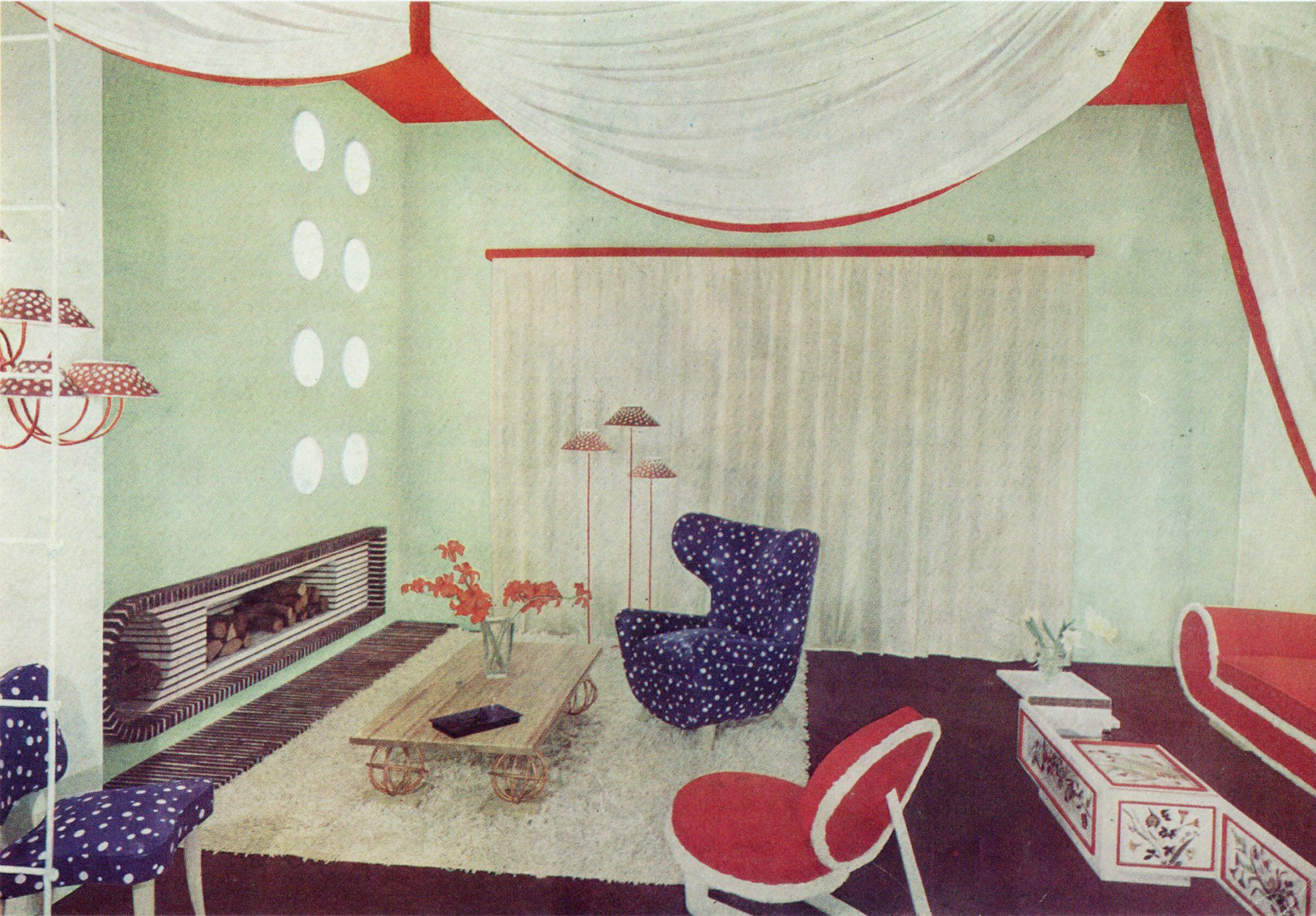
“As a decorator I’m against decoration, in the sense that everything that is strictly “decorative” is what goes out of style the fastest. When you’ve got a well designed piece of furniture, the form and volume live on; but in most cases the stuff that’s added on is doomed to oblivion.”
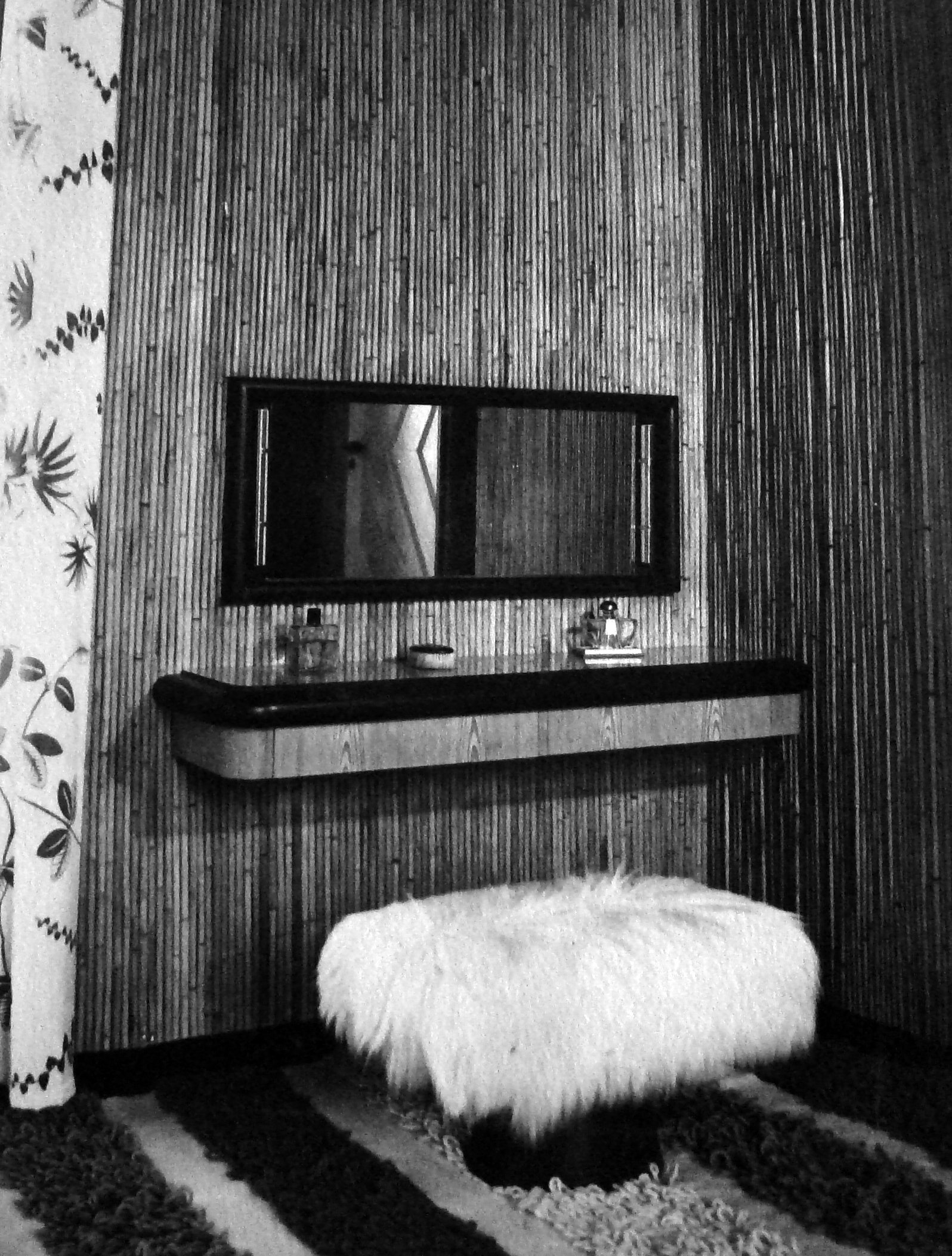
“If modern designers had come up with slogans like “With antiques around you’re just a house guest,” or “You can’t swear with antiques around,” or better still, and more simply, “Antiques look old,” don’t you think our charming ladies of the house would think twice before buying furniture they thought might “look old”? But the moderns haven’t come up with any catchy phrases, and they can’t get along among themselves, either.”
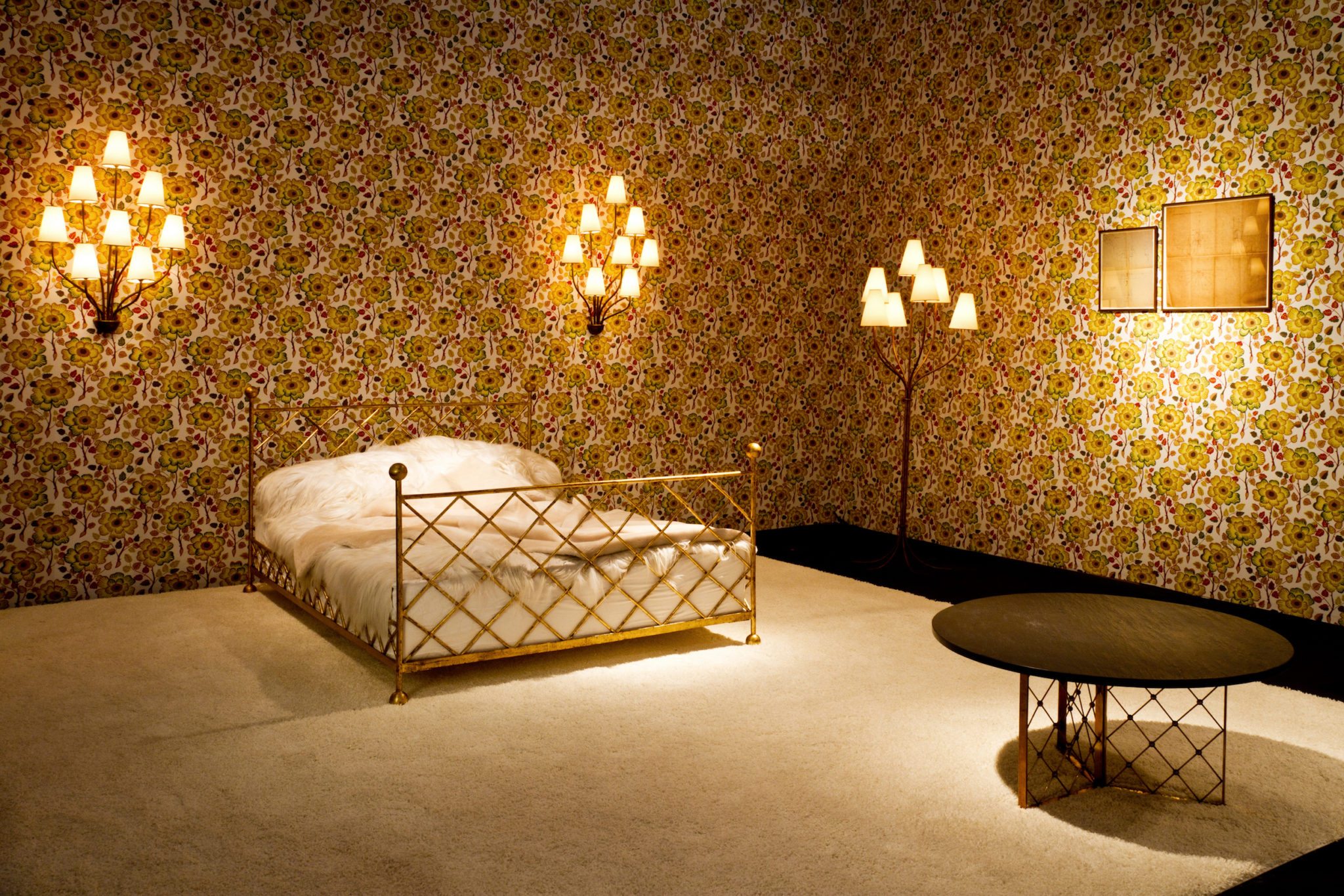
“We’ve often made fun of the Americans, but they have two or three companies who mass-produce luxury furniture in factories we have no idea of in France. I visited one of them last year and what I saw defies the imagination. It’s true that Hermann Miller – the firm I’m talking about – covers the whole of America; it’s targeting a population of two hundred million people who have no preconceptions, but do have the money – and are willing to spend it.”

“The current lack of prior coordination is deplorable. In France, as a rule, the architect has left the site by the time the decorator arrives. I have to say that this retrograde way of working is much less common in some foreign countries, and especially the United States. In the Middle East, for example, architects often gave me their plans in advance for the apartment blocks and hotels I was going to decorate and furnish, and this spared us all sorts of changes during and after the works.”
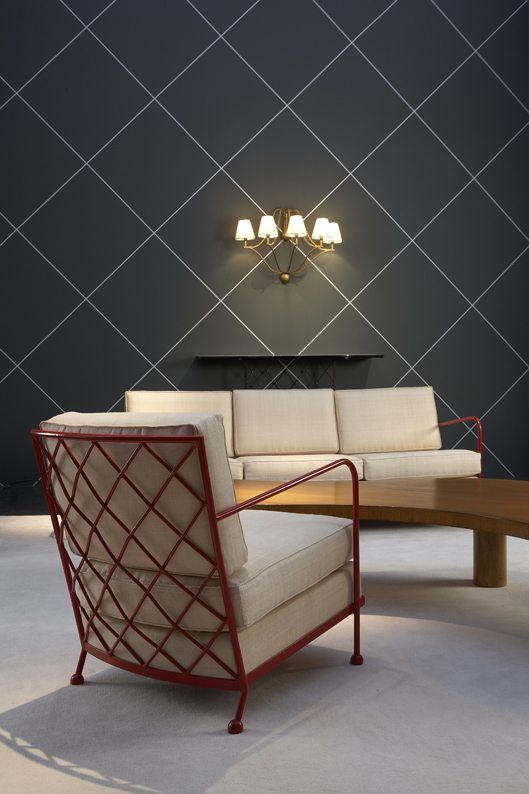
“French people are obsessed with sound investments. The idea that a piece of furniture might lose some of its value panics them totally. An antique is a safe investment. And let’s be frank, there are a lot of old things that are just stunning – the best of them are in France, too – and this makes them even tougher as competition. But if this had been the attitude in the seventeenth and eighteenth centuries, all those works of art would never have happened.”
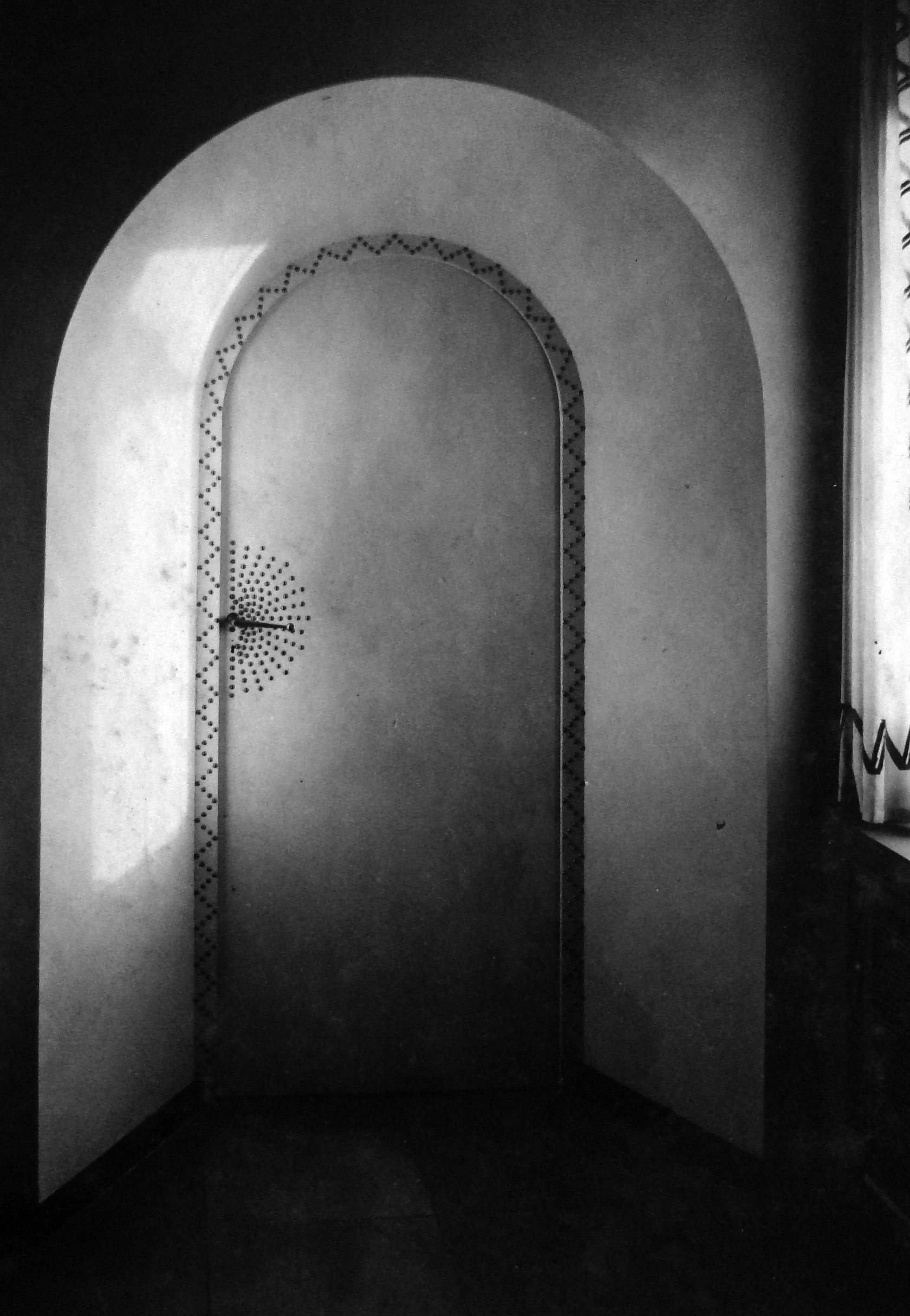
“On one visit to the United States I met a very famous American designer: there he was at his drawing board, with a secretary as his entire staff. When I said how surprised I was that someone with his reputation didn’t have a bigger concern, he explained that he did around thirty drawings a year and lived off the royalties. He wouldn’t believe me when I told him my figure was … three thousand drawings a year. I guess he took me for some kind of charlatan.”
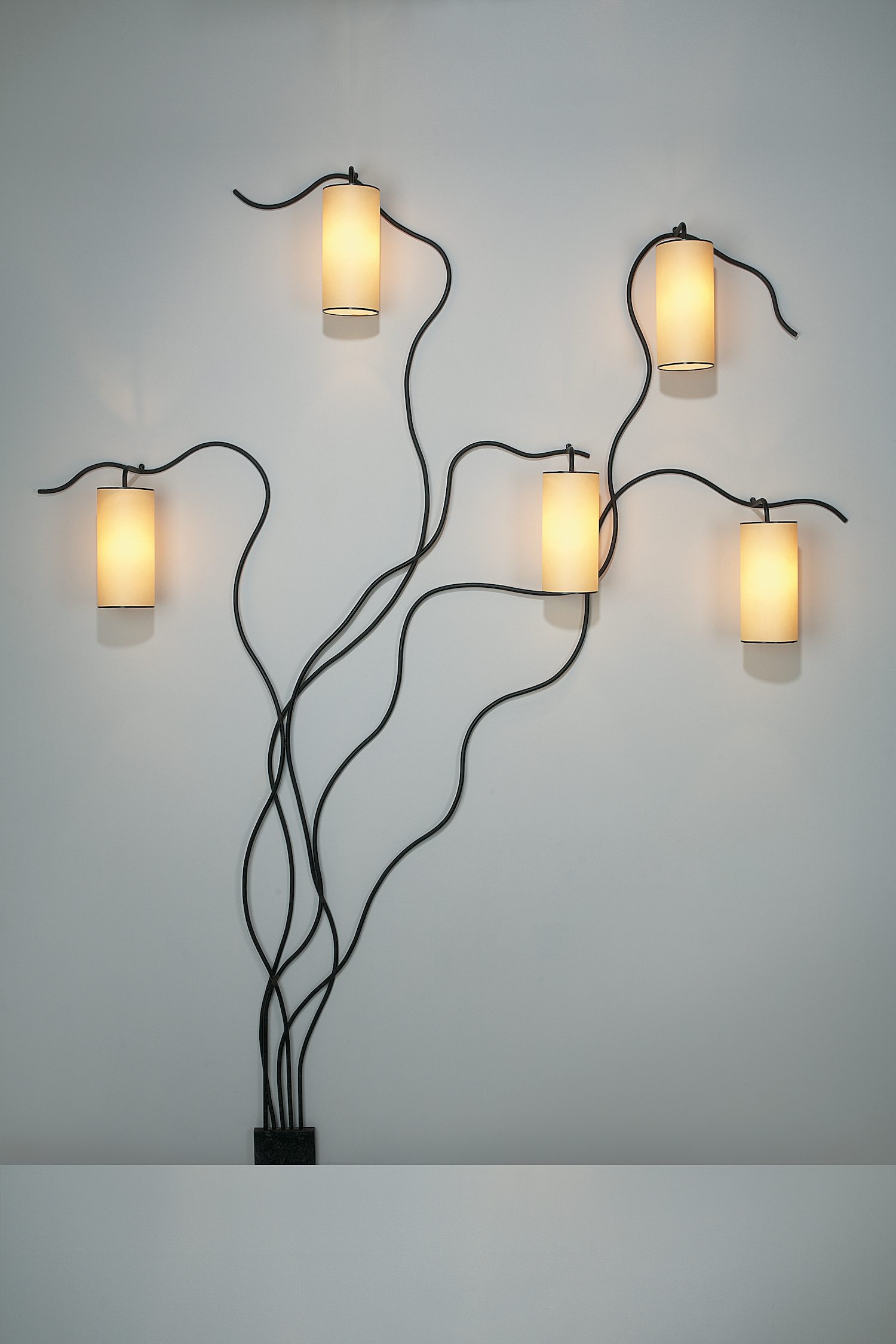
The aforementioned quotes were extracted from an interview with Jean Royere, which first appeared in the “Revue de l’Ameublement” of December 1963.